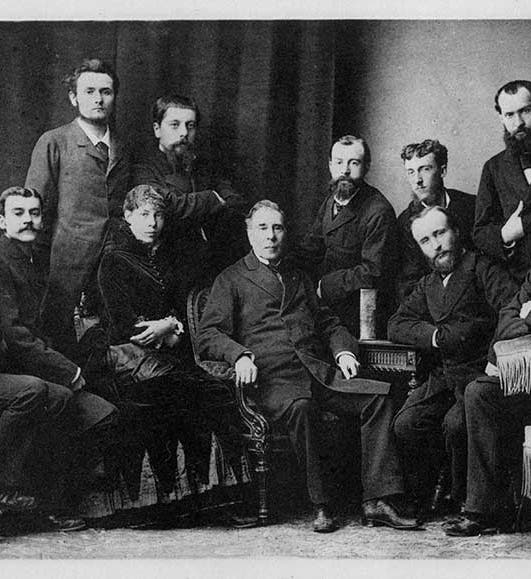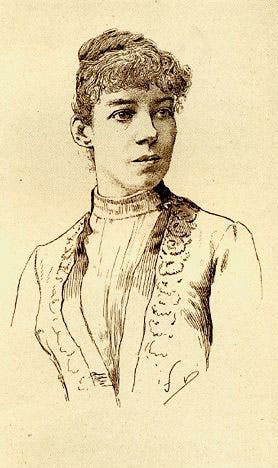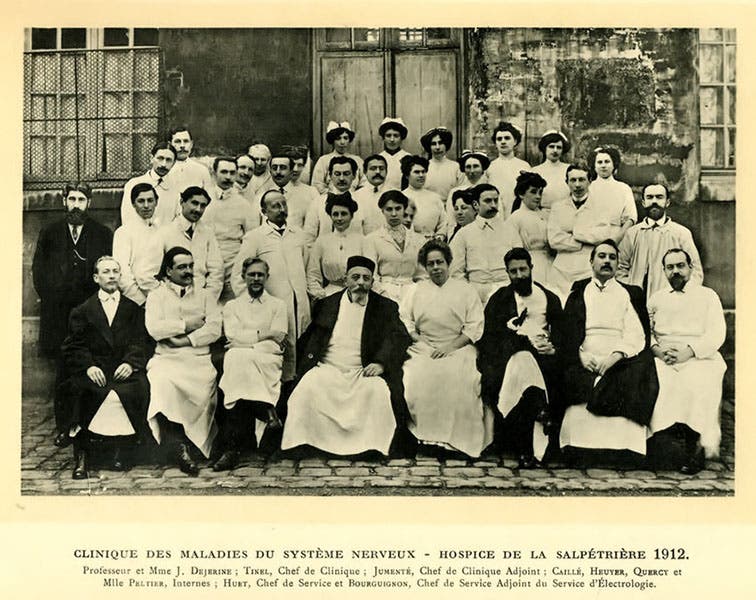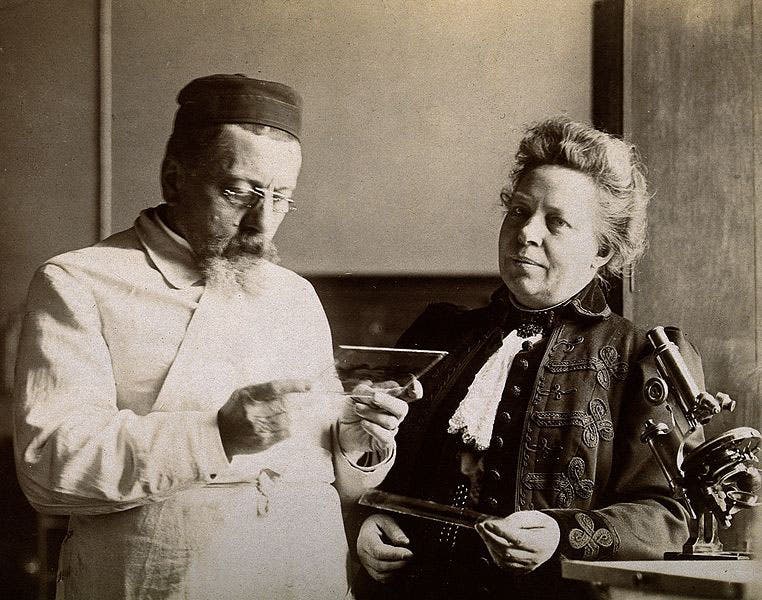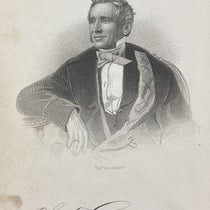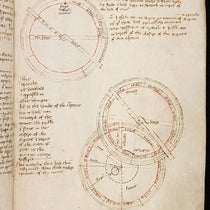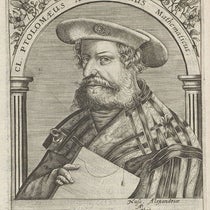Scientist of the Day - Augusta Klumpke
Augusta Marie Klumpke, born in San Francisco on Oct. 15, 1859, distinguished herself as a physician in Paris at a time when women were barred from such positions.
Having moved to Europe at the age of 12 with her mother and five siblings, she showed an early interest in science, and embraced her mother’s suggestion that she study medicine. Fluency in English, German, and French afforded her mastery of the medical literature. In Paris in the late 1870s, she augmented her course work by attending the Sunday morning lectures of Jean-Martin Charcot, generally acknowledged as the founder of modern neurology.
Augusta was initiated into scientific research in 1880, while working as an intern. Although she sampled a range of specialties at various hospitals, including obstetrics at Saint-Louis, her own interests and early experiences led her to focus on neurology. In 1883, she diagnosed a birth injury – a paralysis of the hand caused by damage to a nerve in the infant’s neck during delivery. Later she saw another child with a similar hand injury, but whose eyes were also affected. Intrigued, she developed a series of animal experiments on the relevant nerves, and wrote up her results as a doctoral dissertation, hoping thus to guarantee her professional standing in case she was prevented from practicing medicine. Her thesis, published in 1885 in the Revue de Médecine, won a prize from the French Academy of Medicine, and was later accepted and fêted by both the Paris Faculty of Medicine and the French Academy of Sciences. The syndrome she described is still known today as “Klumpke palsy.”
In 1888, she married Jules Déjerine, a doctor ten years her senior. She assisted her husband in the clinic, wrote papers with him, and illustrated their joint publications with her careful drawings. The textbook they co-authored, Anatomy of the Nervous Centers, came out in 1895 and is considered a classic.
In 1910, Jules Déjerine succeeded Charcot as Chair of Nervous System Diseases at La Salpétrière Hospital, where the Great War would soon fill a 300-bed ward with wounded soldiers who had sustained brain or spinal cord injuries. The Déjerines, along with their daughter, Yvonne, a medical student, worked tirelessly to treat these men. A special wartime status conferred on Augusta enabled her to head the Charcot military department from 1914 to 1917. After Jules died in 1917, Augusta assisted at a convalescent home for wounded veterans that was owned by her older sister, the portrait artist Anna Elizabeth Klumpke, in a village east of Paris. In 1918, at the request of health officials, Augusta organized the serious-injury department at the Hôpital des Invalides, where she created a physical medicine and rehabilitation center that offered occupational therapy and catered to the most severely disabled.
In 1921, Augusta Déjerine-Klumpke was elected an Officier de La Legion d’Honneur in recognition of her military service, to which she had devoted “the benefits of her clinical experience and the wealth of her charitable soul.” She survived her husband by ten years, and died on Nov. 15, 1927, of breast cancer.
Augusta’s younger sister, Dorothea, became a distinguished French astronomer, and we featured her this past summer as a Scientist of the Day.
Dava Sobel, author of Longitude, Galileo’s Daughter, and The Glass Universe, is working on a biography of Dorothea Klumpke Roberts. Anyone with information about the Klumpke family is asked, please, to contact her through her website, www.davasobel.com.

